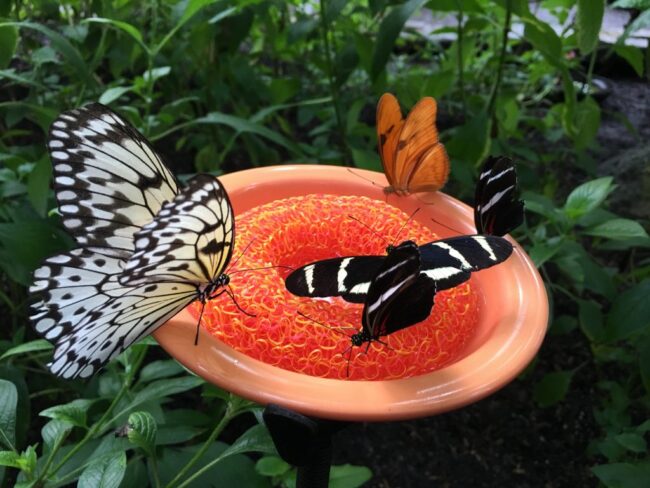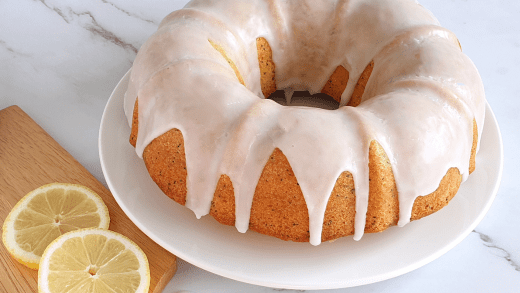Summer is not only for grilling and gardening, it is also the peak season for butterfly viewing! Whether you live in the town or country, real sugar from sugar beets and sugar cane can help you nourish and enjoy these captivating insects throughout the summer months.
There are about 20,000 species of butterflies in the world, according to the North American Butterfly Association. About 575 known species occur regularly in the lower 48 states of the United States, 275 in Canada, and roughly 2,000 in Mexico.
Creating a butterfly feeder is simple and requires few materials, according to Rick Mikula of Hazleton, Pennsylvania. Mikula, also known as “The Butterfly Guy,” has been educating audiences of all ages about butterflies for over 43 years. He is currently president of Butterfly Rescue International and is a co-founder and past president of the International Butterfly Breeders Association (IBBA). Mikula has written several books about butterflies, including the award winning “Family Butterfly Book,” and has been featured in People magazine. He has also appeared on many television shows including Animal Planet and The Discovery Channel and has served as a consultant for CSI-Las Vegas.
“First, take a plastic sponge for washing dishes and put it in a cup. The sponge should be yellow, red, or pink,” said Mikula. “Then make a solution that is one teaspoon of sugar to ten teaspoons of water and pour it over the sponge in the cup.”
The next step is to mount your cup on a post near your garden or flowerpots.
“Butterflies are very nearsighted and must be within eight feet of the cup to see it,” Mikula said. “They find everything by scent, so that’s why you want to put your cup near flowers. If you mount the cup on a post about three or four feet off the ground, it will keep ants out and make it easier to watch the butterflies.”
Sugar is an ideal ingredient for a butterfly feeder because it is very similar to the nectar produced by flowers, according to Mikula.
“Sugar is a quick energy source for butterflies and easy for them to digest. It doesn’t turn into crystals after it is ingested by butterflies,” he said. “Avoid using honey or honey water in the feeder, which can crystallize in their gut and kill them.”
Not only are butterflies beautiful, but they are also beneficial to the environment. They are pollinators that aid in the reproduction of flowering plants and act as a natural pest control in their caterpillar stage by eating pest species such as aphids. Some caterpillars also eat seed pods, which helps keep certain plant species from propagating out of control. Other adult butterfly species drink the liquids from rotting fruit, carrion, or animal excrement, thus ridding the environment of waste. Butterflies play an important role in the food chain by providing a food source for other animals including birds, spiders, lizards, and small mammals.
From the Monarch to the Painted Lady, Mikula loves them all.
“Trying to say you have a favorite species of butterfly is like saying you have a favorite child. You can’t pick,” he said. “They are all so interesting.”
References:
Rick Mikula has been breeding and sharing his love of butterflies for with audiences for the past 35 years. He is currently President of Butterfly Rescue International and serves as consultant to both the Association For Butterflies and The International Butterfly Breeders Association. Rick has written several books on butterflies including the award winning "The Family Butterfly Book.”





Get Social with #MoreToSugar